Mentoring programs are incredibly useful for most employee engagement needs. Whether companies need a structured and people-centric strategy for onboarding, talent development, skill development, reskilling, or DEI, mentoring programs tend to fit the bill. Yet even the most worthwhile program will ultimately need to prove its worth. That’s why understanding how to calculate mentoring ROI and what ROI data already exists is an essential part of the process.
You’ll find that this guide solves two key problems for HR leaders:
- We offer detailed advice and tools on how to calculate ROI
- We offer research and data we’ve gathered from millions of mentoring program participants across hundreds of companies that will help you understand the ROI of mentoring.
Need some broader mentoring stats? Check out our mentoring stats page, which includes original research on the mentoring landscape.
What Is Mentoring ROI?
At a high level, mentoring ROI is the return on investment that you get from running a mentoring program. At a more granular level, the ROI you get from any type of mentoring program will cross many different potential avenues. For most companies, ROI is examined in several big areas.
- An increase in employee retention (or a decrease in employee turnover, depending on how you want to phrase it)
- An increase in employee engagement
- An increase in employee productivity (which could be considered a subset of employee engagement)
- An increase in employee satisfaction (which could also be considered a subset of employee engagement)
- An increase in internal promotions
Commonly, retention is the most important of these, which is where we’ll focus our discussion for now.
“Increase” is the word of the day for mentoring ROI. The goal is to get a value return from running mentoring programs. Ultimately, these programs need to make sense from a financial standpoint for the company, and that means nailing down a high return on investment compared to program costs.
3 Factors to Consider Before You Measure the ROI of Mentoring
ROI calculations can range from simple to complex, depending on what you’re looking at. Even within mentoring programs, you may not measure ROI the same way. It all depends on what business objective or goal you’re trying to examine your program against.
Before you begin to measure mentoring ROI, consider a few important factors:
- The costs associated with your mentoring programs
- What key performance indicators, or KPIs, matter to that program
- A timeframe for measurement (such as 6 months or 1 year)
Once you have the measurable KPIs, program costs, and a measurement window of time, you can start to calculate your mentoring ROI for pretty much any program you have running. To help you get started, we’ll walk through measurement strategies for the list of big areas we talked about in the previous section. We’ll also include some scenarios to help you get a good idea of what this should look like.
We’ve created a free ROI calculator for each type of KPI, so feel free to bookmark this page.
How to Measure Employee Retention Savings from Mentoring Programs
Employee retention is one of the most important KPIs you’ll measure for a mentoring program. There are also multiple ways you might measure the ROI of employee retention. Still, for this, we’ll focus on the cost savings you’ll get through retaining employees who participate in mentoring programs.
For starters, when you look at employee retention for mentoring programs, you’re going to assess the following:
- The average cost to replace employees (this can run between 1.5x to 2x an employee’s salary, according to got a Gallup study)
- Your average employee cost (this could be total salary or total compensation)
Ideally, your retention benefit (the money you save from retaining employees) should be higher for mentoring program participants than for non-participants, as long as your program shows results in retaining more employees than for non-participants. You can also use this measurement for select populations by using a before/after scenario, where you look at the retention rates for the same employee classification before and after you launched the mentoring program.
Here’s the formula to calculate retention savings:
(Number of Employees Retained Through Mentoring ) x (Average Employee Salary x % Cost of Replacement) = Retention Savings
Here’s a scenario to illustrate this example:
John is a Director of Talent Development at an international software development company. During the Great Resignation, John’s sales teams were experiencing exceptionally high turnover rates among junior sales representatives. Exit surveys indicated that the company’s junior sales representatives felt poorly prepared for the role and didn’t seem to have access to the same internal knowledge and practices that made the sales leaders successful.
To help counter this, John launched a mentoring program that included half of the junior sales representatives, or 50 people. The other half were not enrolled in the mentoring program.
Following the program’s 12-month cycle, John found that the turnover rate for new sales representatives not participating was 25% (or around 12 people quitting). With an average salary of $81,000 and a replacement cost of $121,500 (1.5x), turnover among non-participants cost the company over $1.4 million.
Meanwhile, the turnover rate for the mentees in the mentoring program was only 10% (or 5 people quitting), costing the company just under $610,000 in replacement costs. With mentoring, the replacement cost was less than half that of the non-mentored sales representatives. Subtracting the non-participant turnover from that of the participant turnover means the mentoring program resulted in 7 additional people retained.
Using the retention savings formula (# of additional employees retained through mentoring X cost of replacing employees), John’s company enjoyed retention savings of over $850,000.
Without mentoring, John’s company may have had 25 new sales representatives quit that year. And if everyone had been enrolled, it could have seen just 10 people quit instead of 15. Compared to its 25% quit rate without mentoring, the cost to replace would have been around $1.2 million instead of $1.8 million.
That means a full deployment of mentoring would have decreased the company’s turnover costs by another 33%!
How to Measure the ROI of Mentoring Program Costs
Now that we know how to measure retention savings, we can take the next step. Any mentoring program you run is going to cost you money. So, while you may be enjoying retention savings, your executive leaders are likely going to want some evidence that the program costs don’t exceed the savings you get from retention.
That’s easy enough to do, and it’s a simple extension of the retention savings calculation. Here’s the formula you’d use to determine the ROI for mentoring program costs:
Retention Savings (# of Employees Retained x Employee Replacement Cost) / Mentoring Investment (Mentoring Software Costs + Cost of Administrative Time) = Program ROI
You’re familiar with the top of that formula from the last section. The bottom section might be new to you. As you investigate mentoring software, you’ll be able to include the cost of the software. Costs can vary on that end. Meanwhile, the cost of admin time will be how much time you plan or need to spend launching, matching, and managing your programs, multiplied by your hourly rate.
We find that for manually-run mentoring programs, admin time comes out to around 200 hours. Multiply that by the average hourly rate for a Director of Talent Development ($57/hour), and the admin cost for one program could be around $11,400.
Let’s do an experiment. Let’s assume the following are true of your pretend program:
- Number of employees retained from mentoring is 25
- Average Employee Salary: $81,000
- Cost to replace is 1.5x, or 150%
- Retention Savings are $1,000,000
- Mentoring Program Cost (platform + admin time) is $100,000
Use the Program ROI calculator below to determine the total Program ROI.
Mentoring Program ROI Calculator
Enter the following values to calculate the mentoring program ROI:
And there you have it! Even with 25 employees saved, a program that costs $100,000 to run with an average employee salary of $81,000 and a 1.5X cost to replace can have over 30X return on investment. The wonderful thing about mentoring software is that the possible number of participants can easily scale without huge cost increases. That means the larger your program, the cheaper it becomes to run per participant when compared to the cost savings and ROI.
Try it out! Put your own numbers in there, and feel free to book a demo and let us know what your ROI looked like when you ran your desired numbers.
Mentoring ROI: Data and Stats that Support Mentoring
We found that within each company, personal and professional development was happening that positively impacted the careers of each participant. This translates to a more engaged and productive workforce, leading to increased return on investment (ROI) of the mentoring programs.
|
Top Development Areas
|
 |
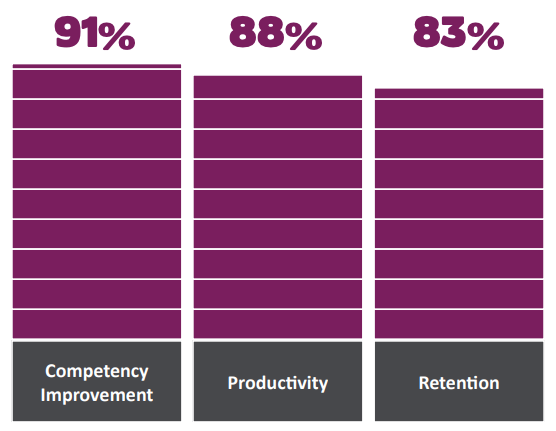 |
Award Winning ROI
Our findings above, when layered with retention based ROI analysis, support the idea that investing in your employees professional and personal growth through mentoring positively impacts your bottom line. This profitability comes from improved employee retention, enhanced work output from engaged staff, and from employees having a richer understanding of corporate culture and goals which flow from a structured mentoring program. Learn more about measuring Retention Based ROI here.
|
19x ROI as a result of a 41% decrease in employee turnover 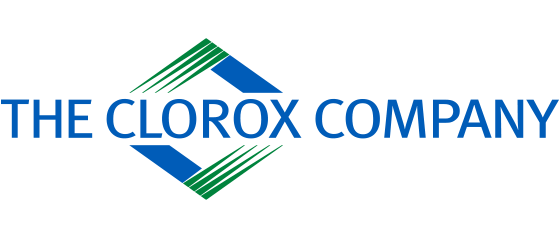 |
$5.2 million in retention savings as a result of a 50% decrease in employee turnover 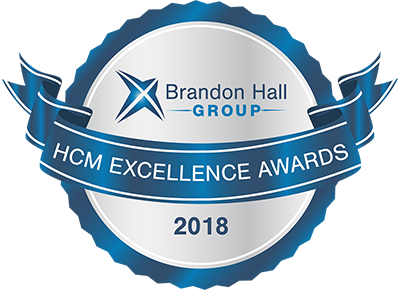 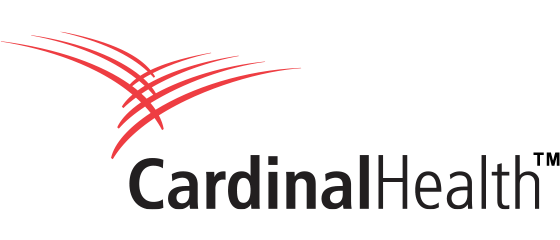 |
55x ROI as a result of a 76% decrease in employee turnover 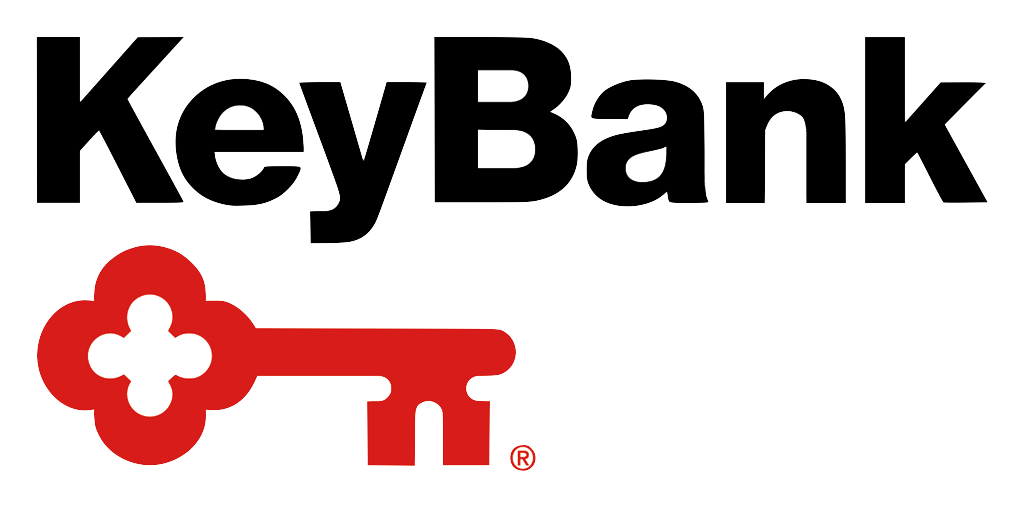  |





